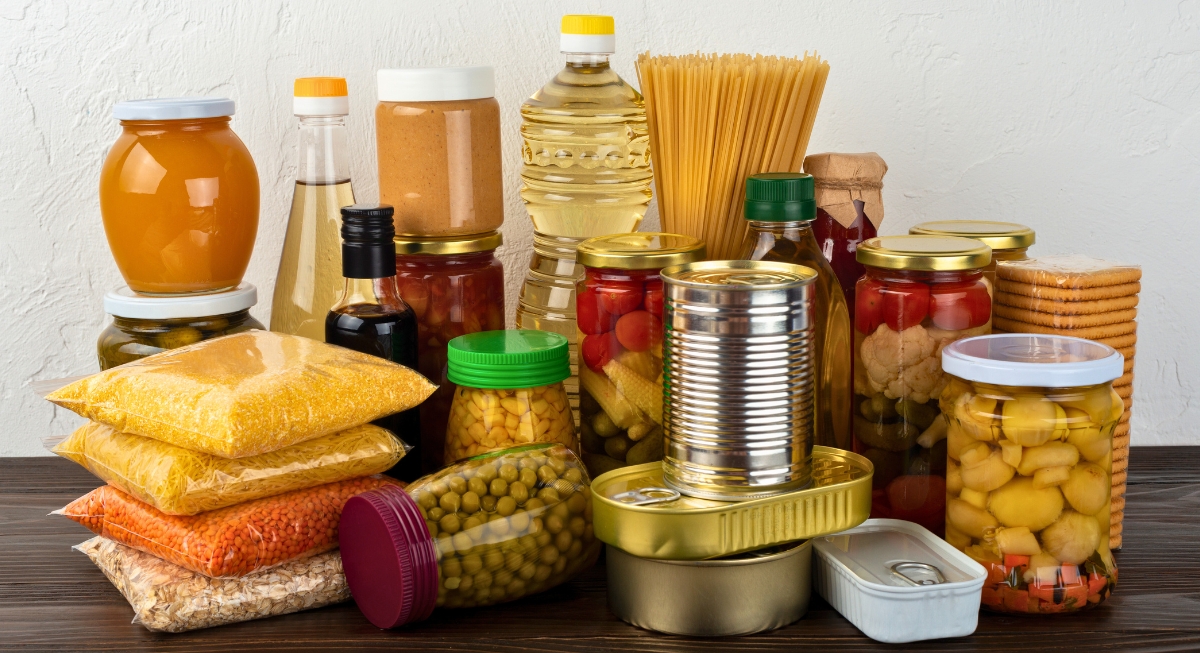You might not think twice about food security until there’s an emergency. Suddenly, your fridge is useless, and your local store’s sold out. Emergencies don’t wait for grocery runs.
But here’s the catch: not all shelf-stable foods are worth stockpiling. Some sit there collecting dust; others barely hold up nutritionally. And no one wants to survive on stale crackers and flavorless soup. In such times, having a well-stocked pantry can make all the difference. These essential survival foods are great additions to your emergency stockpile:
Canned Beans
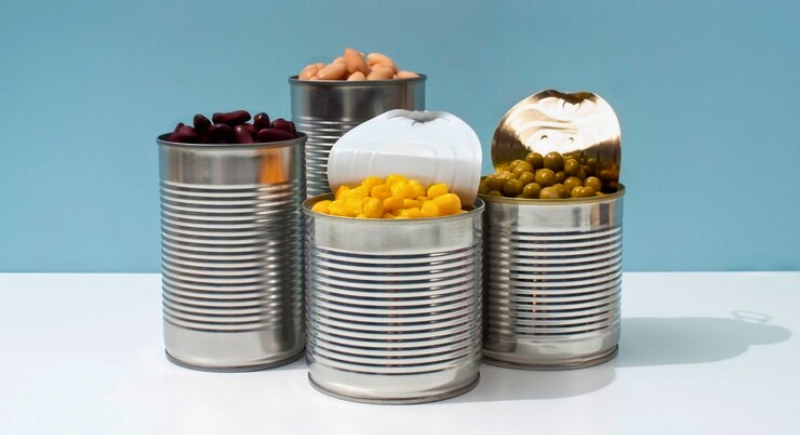
Credit: freepik
If you’ve never eaten cold beans straight from the can, you might want to give it a shot if you’re stuck in a blackout. Luckily, they’re packed with fiber, protein, and other nutrients that are great for consumption. Keep a mix—black, pinto, chickpeas for versatility.
Rice and Whole Grains
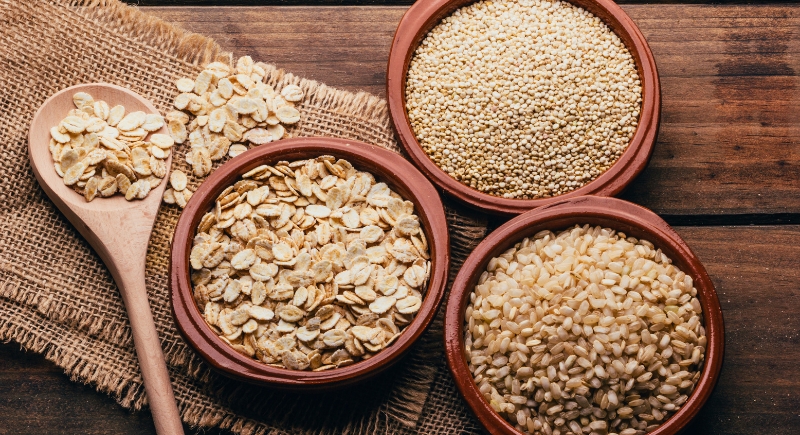
Credit: Getty Images
Brown rice, oats, and quinoa deliver long-lasting energy and essential nutrients like magnesium and B vitamins. They keep for years if stored right. You can turn them into meals with canned veggies, sauces, or beans.
Canned Fruits and Vegetables
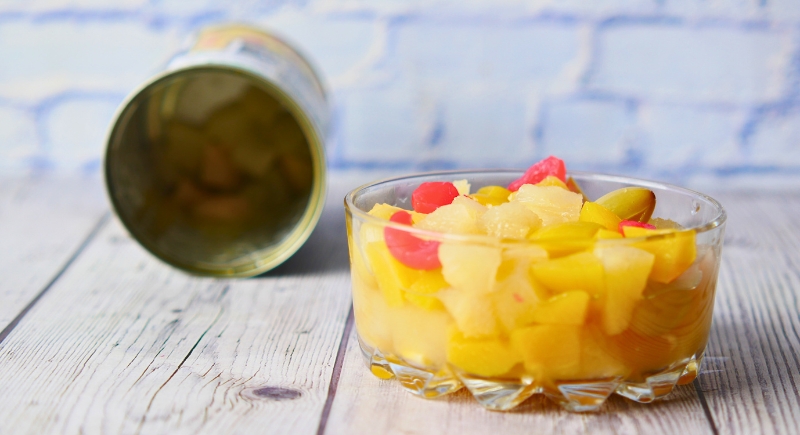
Credit: iStockphoto
The fresh stuff spoils fast, and canned produce is the perfect alternative. Peaches, corn, and green beans hold up for years and still offer vitamins A and C. Go for low-sodium and fruit in 100% juice.
Peanut Butter
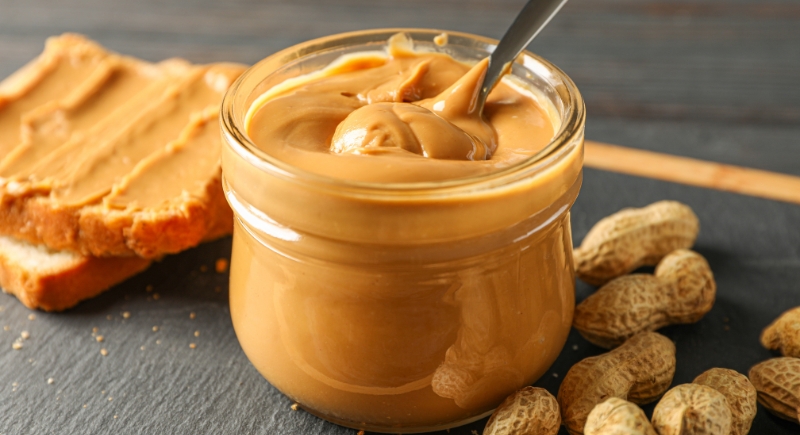
Credit: Canva
You might already have this in your pantry, but during a crisis, peanut butter becomes gold. It’s calorie-dense and doesn’t need refrigeration. One spoonful packs energy and protein. Eat it straight or add it to oats. Just check labels to avoid brands loaded with added sugar or oils.
Canned Meats and Fish
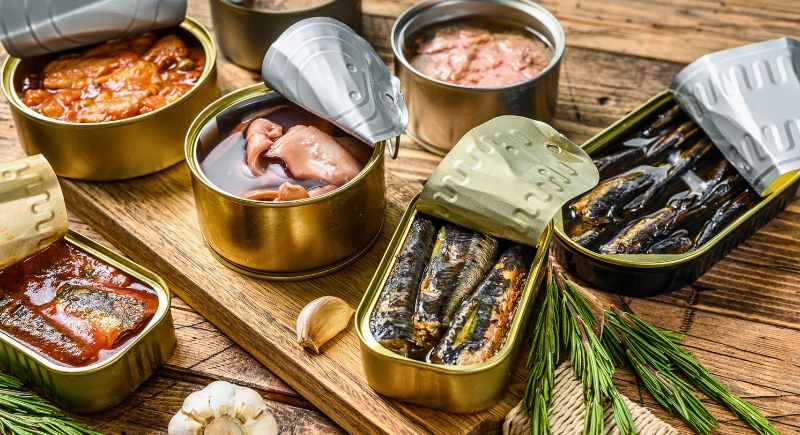
Credit: iStockphoto
Canned salmon, sardines, and chicken bring protein, omega-3s, and serious staying power. Not only do they last for several years, but they also don’t require cooking. Sardines also provide calcium. If you're doing physical work, these help maintain muscle.
Nuts and Trail Mixes

Credit: Canva
A handful of almonds can go a long way. These snacks offer healthy fats and protein when you’re hungry, and the options are limited. Trail mix with dried fruit adds natural sugars for a quick boost. Store them in sealed bags to keep them fresh and crunchy.
Dried Fruits
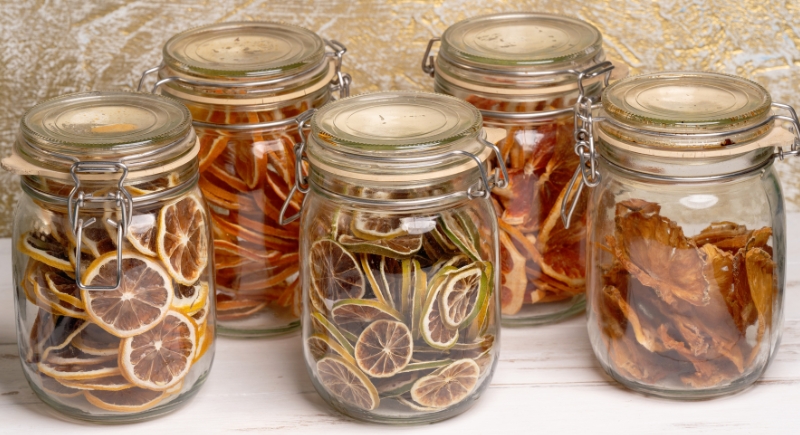
Credit: pexels
Raisins, apricots, and figs are sweet, portable, and won’t spoil anytime soon. They provide fiber, iron, and potassium. If you don’t open them, they’ll last up to a year. Use them to sweeten oatmeal or eat them as-is when you need quick energy. No added sugar? Even better. Just seal them well after opening.
Shelf-Stable Milk Alternatives
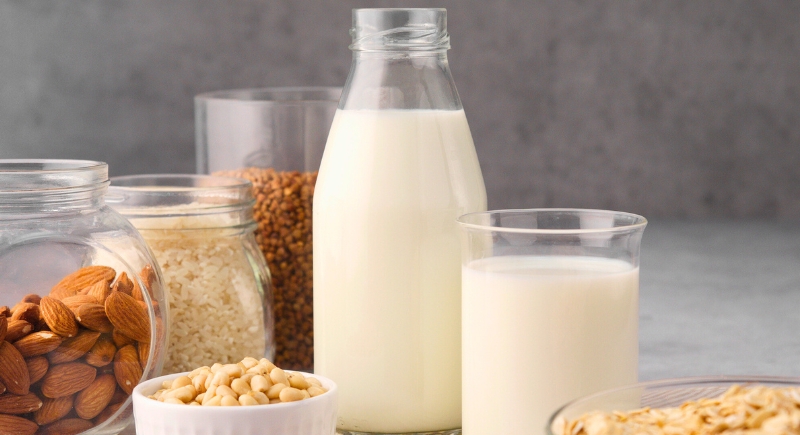
Credit: iStockphoto
If the fridge dies, you’ll be glad for these. Powdered milk and long-life cartons of soy, oat, or almond milk provide calcium and vitamin D. You can add them to cereal, coffee, or recipes. They don’t need cold storage and last for months if unopened.
Ready-to-Eat Cereals and Granola Bars
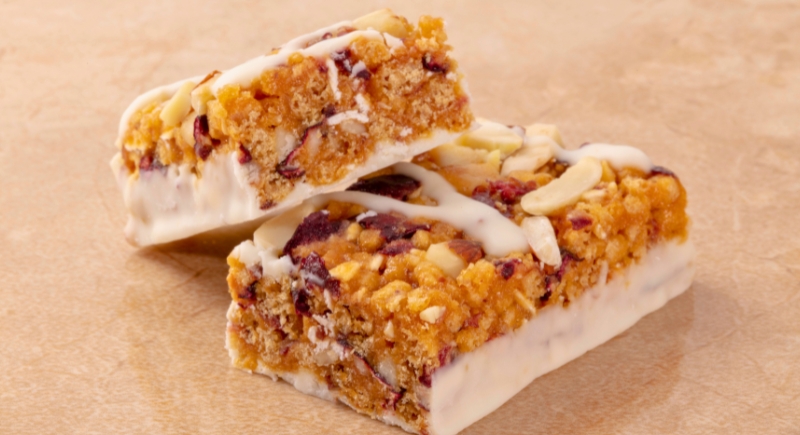
Credit: Getty Images
Cereals and granola bars make quick meals or snacks with no prep. They often include fortified nutrients, which matter more during emergencies. Bars with protein and whole grains are best. These last up to a year and offer comfort when the routine is gone.
Pasta and Instant Noodles
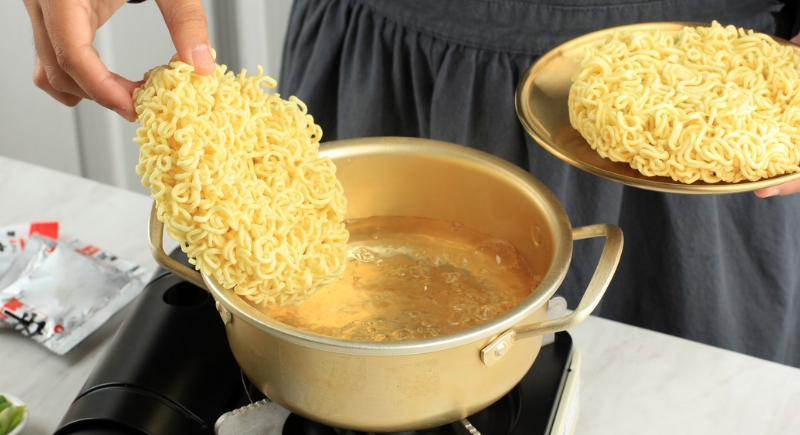
Credit: iStockphoto
No pantry feels complete without pasta. Dried pasta can last two years, and it’s filling and simple to prepare. Instant noodles are cooked with just hot water and bring quick satisfaction. Keep sauces or seasonings nearby for variety. They’re for kids, adults, or anyone needing a fast, warm meal.
Canned Soups and Stews
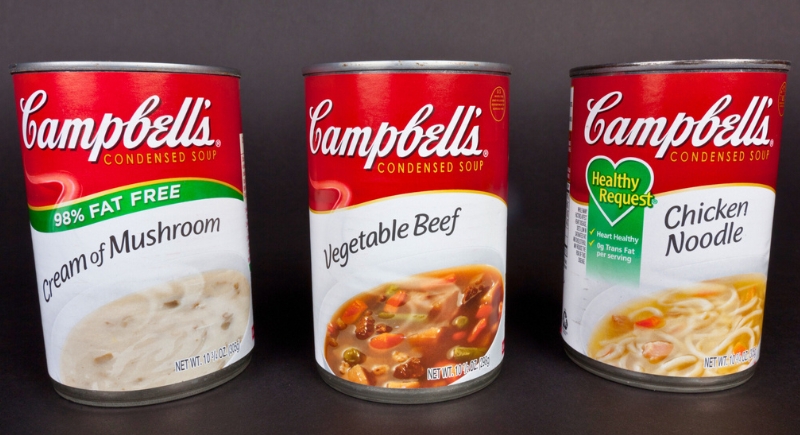
Credit: iStockphoto
Open, heat (if you can), and eat. That’s why canned soups are so valuable. You’ll find protein, carbs, and veggies in one can. Some last five years or more. Choose low-sodium options if possible. Even without power, you can eat these straight up and feel full and warm.
Honey and Shelf-Stable Sweeteners
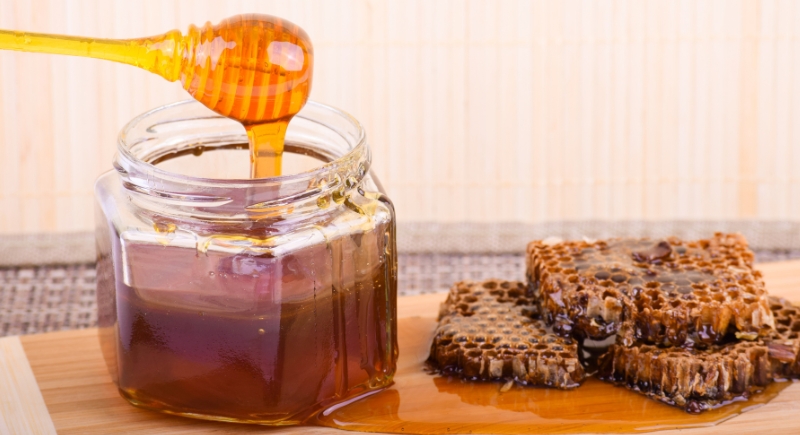
Credit: pixabay
Honey never expires, which is why it’s so valuable during survival. It’s also antibacterial, soothing for sore throats, and adds flavor to otherwise bland foods. Keep it sealed and dry. Also, consider syrup or agave for variety—they last months, too.
Crackers and Rice Cakes
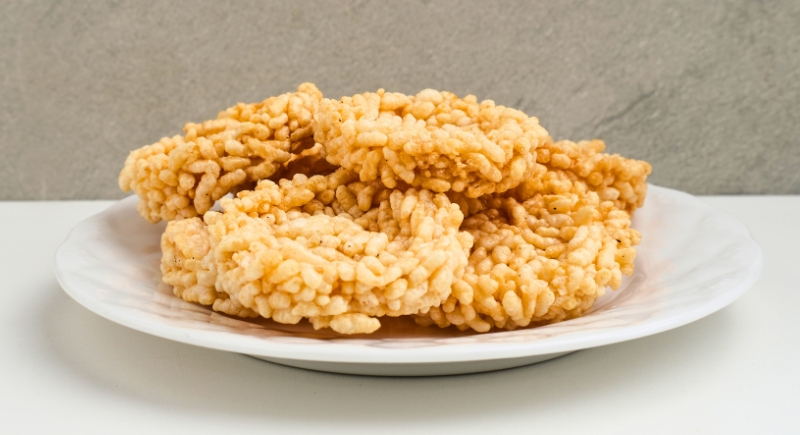
Credit: Canva
Bread goes bad fast, but crackers and rice cakes are the best alternatives. These ingredients are reliable bases for spreads, canned meats, and peanut butter. Whole-grain versions offer fiber and a better nutritional profile. They’re lightweight, easy to store, and typically last six months or more unopened.
Powdered Drink Mixes
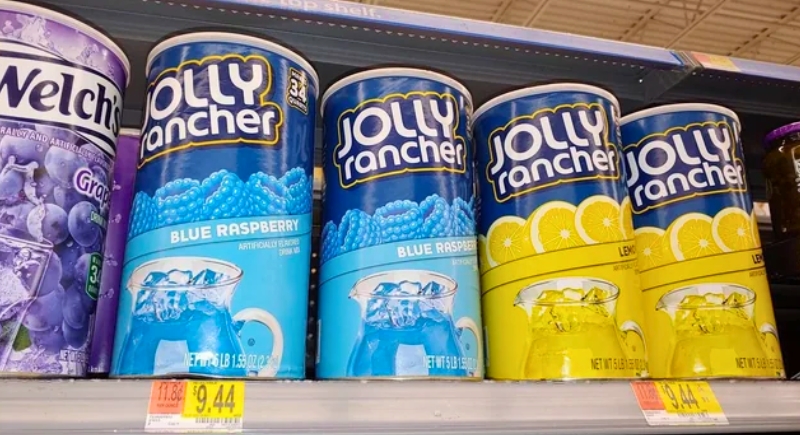
Credit: Reddit
Powdered mixes with electrolytes or vitamin C can help hydrate and improve flavor. They're great during heatwaves or illness when you lose salts. Look for low-sugar versions. Lightweight and easy to store, they work with any water supply and boost morale on tough days.
Baby Food and Formula
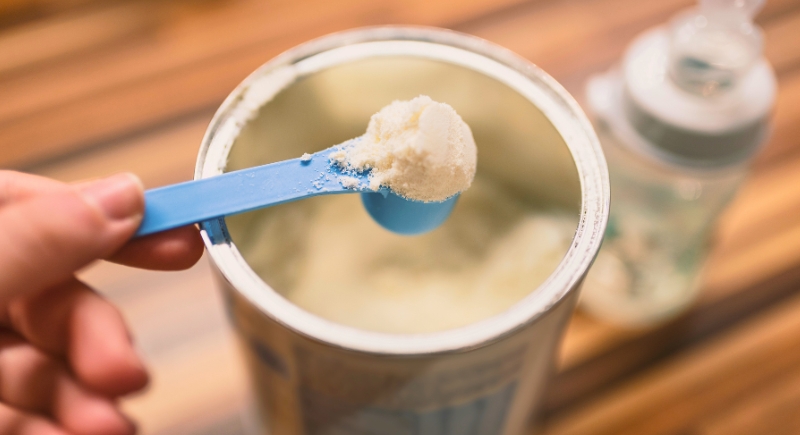
Credit: iStockphoto
If you’ve got a baby, you can’t just wing it. Stock shelf-stable formula and jarred baby food with long expiration dates. Infants need specific nutrition, especially during emergencies. Store enough for at least two weeks and rotate every few months. Their safety depends on your prep more than anything.

